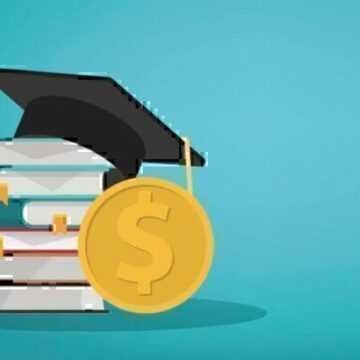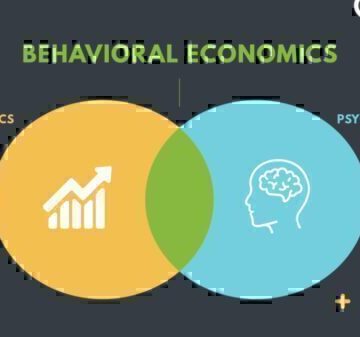If you are dealing with debt, you aren’t alone. The average American household has an average balance of about $6,600 in credit card debt, and that’s not taking into account home, auto, and student loans. Paying off your debt isn’t always easy, but having a plan can go a long way in achieving your financial goals.
Two of the most popular strategies for paying off debt on your own are the snowball method and the avalanche method. Both methods require making the minimum monthly payments on all but one debt, which you put extra money towards.
The Snowball Method
With the snowball method, you begin by paying off your smallest debt first. This method creates a sense of motivation and accomplishment from being able to pay off smaller bills at a higher frequency.
How it Works
Let’s say you have the following debts:
- Credit Card A: $3,500, 17.99% APR
- Credit Card B: $7,500, 15.00% APR
- Personal Loan: $1,000, 10.05% APR
Using the snowball method, you would pay the minimum monthly payments to the credit card debts, and pay any extra that you can to the personal loan until it is paid off. You would then apply the extra payments to Credit Card A until it is paid in full.
Pros and Cons
With the snowball method, you are able to see progress faster. Quick wins can help you stay motivated to keep going. However, with this approach, it will take you longer to pay off your largest debts—and those are often the ones that carry the highest interest, so you’ll likely end up paying more overall.
The Avalanche Method
The avalanche method takes into account the fact that high-interest debts cost you the most money over time. Using the avalanche method, you pay off your highest interest debts first.
How it Works
Let’s look at the same scenario as above.
- Credit Card A: $3,500, 17.99% APR
- Credit Card B: $7,500, 15.00% APR
- Personal Loan: $1,000, 10.05% APR
With the avalanche method, you’d pay the minimum monthly payment on Credit Card B and the Personal Loan, and pay extra towards Credit Card A, since it has the highest interest rate. Once it was paid off, you’d move on to Credit Card B.
Pros and Cons
This is the fastest way to eliminate debt and save on interest payments. However, it can take years to eliminate this debt while other smaller bills still trickle in.
Which option is best for you?
It comes down to what you feel most comfortable with. Ultimately the best method is the one you can stick to. If you’re motivated by quicker victories, the snowball method may be the right option for you. If you want to pay the lowest amount of interest, you’re likely better off choosing the avalanche method.
GreenPath Financial Service
Free Debt Counseling
Take control of your finances, get tailored guidance and a hassle-free budgeting experience. GreenPath offers personalized advice on how to manage your money.










